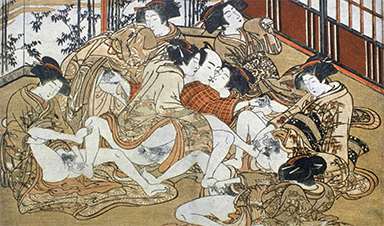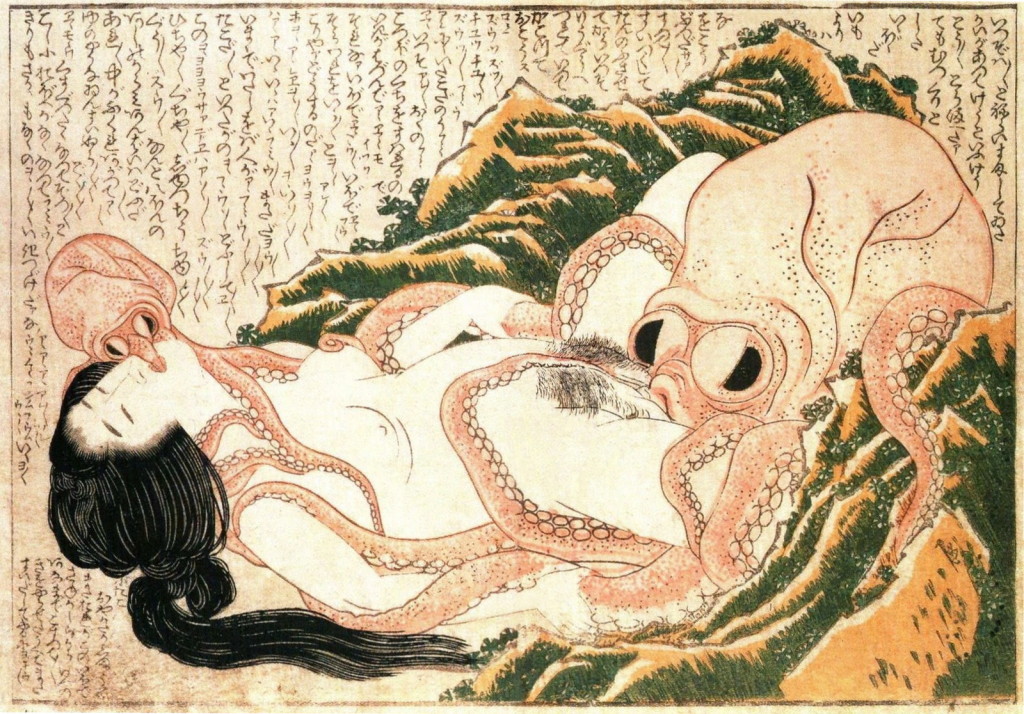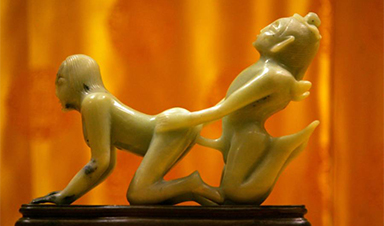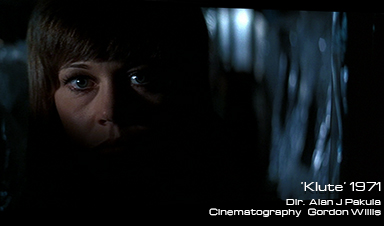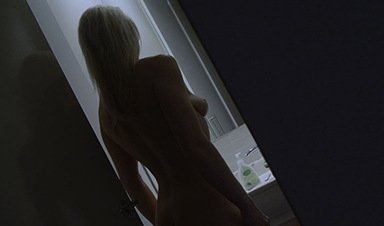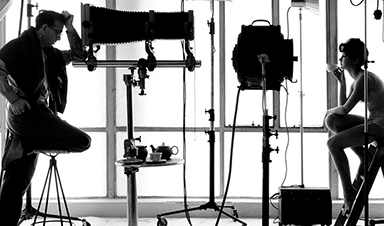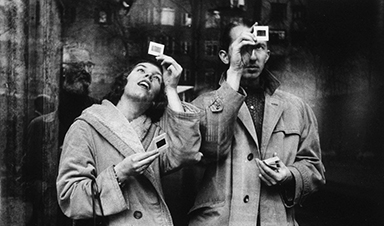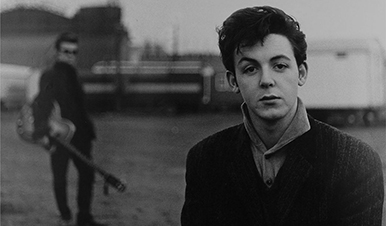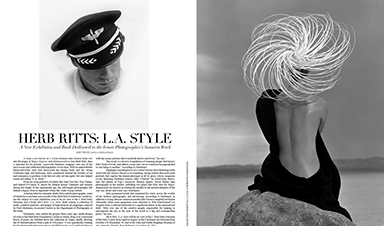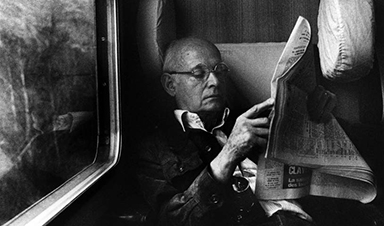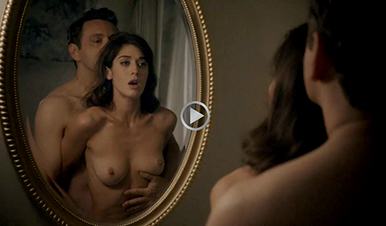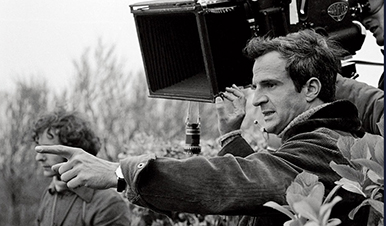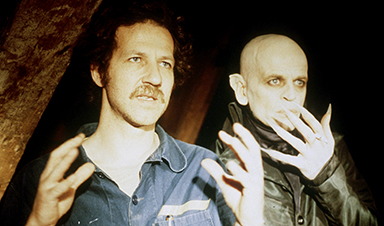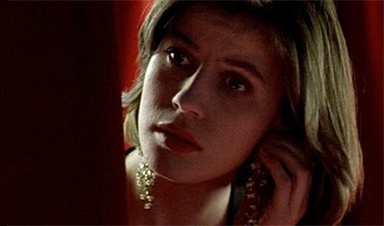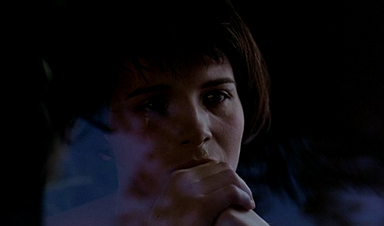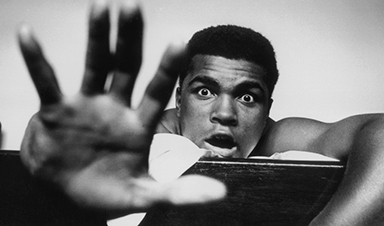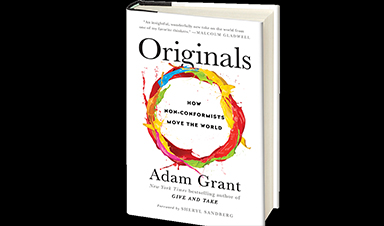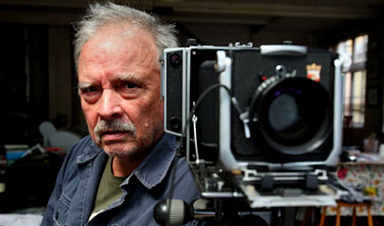From the article:
Japan’s adult movie industry is among the biggest in the world, and its range of pornographic manga is eclectic and ubiquitous. But it has taken centuries-old works of art for the country to challenge official reticence towards graphic depictions of sex.
In recent weeks, tens of thousands of people have flocked to a tiny museum in suburban Tokyo to cast their eyes over woodblock prints and paintings of couples, and sometimes groups, in the throes of sexual ecstasy.
With titles such as Pillow Book for the Young: All You Need to Know About How the Jeweled Rod Goes In and Out, the images leave little to the imagination.
Read the article at The Guardian
From Wikipedia:
Shunga was probably enjoyed by both men and women of all classes. Superstitions and customs surrounding shunga suggest as much; in the same way that it was considered a lucky charm against death for a samurai to carry shunga, it was considered a protection against fire in merchant warehouses and the home. From this we can deduce that samurai, chonin, and housewives all owned shunga. All three of these groups would suffer separation from the opposite sex; the samurai lived in barracks for months at a time, and conjugal separation resulted from the sankin-kōtai system and the merchants’ need to travel to obtain and sell goods. It is therefore argued that this ownership of shunga was not superstitious, but libidinous.
Records of women obtaining shunga themselves from booklenders show that they were consumers of it. Though not shunga, it was traditional to present a bride with ukiyo-e depicting scenes from the Tale of Genji. Shunga may have served as sexual guidance for the sons and daughters of wealthy families. The instructional purpose has been questioned since the instructional value of shunga is limited by the impossible positions and lack of description of technique, and there were sexual manuals in circulation that offered clearer guidance, including advice on hygiene.
Shunga varied greatly in quality and price. Some was highly elaborate, commissioned by wealthy merchants and daimyo, while some was limited in colour, widely available, and cheap. Empon were available through the lending libraries, or kashi-honya, that travelled in rural areas. This tells us that shunga reached all classes of society—peasant, chonin, samurai and daimyo.
History of Erotica
29 Pieces Of Erotic Art That Prove People Have Always Loved Sex
Image: A jade erotic art piece made during the Ming Dynasty (1368-1644). China. Sexuality has been a part of the human experience since our inception as a species. Since the beginning of civilization, humans [...]
Stone Age Carving: Ancient Dildo?
Sex toys have come a long way since the Stone Age – but then again, perhaps not as much as we might think. Last week, an excavation in Sweden turned up an object that bears [...]
Phallic worship around the world in ancient times
From post: A sculpted and polished phallus found in a German cave is among the earliest representations of male sexuality ever uncovered, researchers say. The 20cm-long, 3cm-wide stone object, which is dated to be about [...]
On Photography
Why I like low key lighting…
Low key lighting is a style of cinematography and photography where you create images featuring mainly dark tones to create a dramatic, contrasty looking image. Personally I find myself working a lot in this style. [...]
Famous photographers photographing themselves…
Autorretratos de Fotógrafos Famosos The term " selfie " has become part of our lexicon and self-portraits have never been so popular as of late. But teachers photographers did it first and did it better. [...]
Photographers I Admire
Photographers I Admire – Lutz Dille
From The Compassionate Eye of Lutz Dille by Vincenzo Pietropaolo: The street is like a stage of everyday life, the public sphere of much of our existence, especially in larger cities where the critical mass of [...]
Photographers I admire: Terry O’Neill
From Wikipedia: Terry O'Neill (born 30 July 1938) is an English photographer. He gained renown documenting the fashions, styles, and celebrities of the 1960s. O'Neill's photographs display his knack for capturing his [...]
Photographers I Admire – Phillip Townsend
Bio from the Morrison Hotel Gallery: The British panorama of the 1960s was photographed by a young worldly gentleman who worked as a photojournalist for Tatler Magazine. As the cultural movements of the 60s swung [...]
Photographers I admire – Astrid Kirchherr
Astrid Kirchherr (born 20 May 1938) is a German photographer and artist and is well known for her association with the Beatles (along with her friends Klaus Voormann and Jürgen Vollmer), and [...]
Photographers I Admire – Herb Ritts
You're trying to get to one moment with one frame that eventually may speak for your generation. Herb Ritts, 1999 Herbert "Herb" Ritts Jr. (August 13, 1952 – December 26, 2002) was an American fashion [...]
Photographers I Admire – Henri Cartier-Bresson
Henri Cartier-Bresson (August 22, 1908 – August 3, 2004) was a French photographer considered the master of candid photography, and an early user of 35 mm film. He helped develop street photography, and approvingly cited a notion [...]
What I’m Watching
What I’m Watching… ’Masters of Sex – Season 3′
According to Robert Lloyd, the Los Angeles Times television critic, the show is a "handsome thing, another well-dressed romp through the American mid-century, when things (we imagine) were simpler and (so we like [...]
What I’m watching…François Truffaut documentary: ‘La Leçon de Cinema’
The documentary examines Truffaut’s life and career in astonishing totality, highlighting selected clips from many of his best and most-loved films, including under-appreciated gems like his crackerjack movie-within-a-movie, Day for Night, and [...]
What I’m Watching… ‘Nosferatu: Phantom der Nacht’
Nosferatu the Vampyre is a 1979 West German art house vampire film written and directed by Werner Herzog. Its original German title is Nosferatu: Phantom der Nacht ("Nosferatu: Phantom of the Night"). The film is [...]
What I’m Watching…’Three Colors: Red’ Krzysztof Kieślowski
An incandescent meditation on fate and chance, starring Irène Jacob as a sweet-souled yet somber runway model in Geneva whose life intersects with that of a bitter retired judge, played by Jean‑Louis Trintignant. [...]
What I’m Watching… ‘Trois Couleurs : Bleu’
Another film I revisit often. This time to closely observe the cinematography by Slawomir Idziak. Amanda http://www.amazon.com/Three-Colors-Criterion-Collection-Blu-ray Most Popular Posts in 2016 Recent Comments 'This [...]
What I’m Watching – ‘Blow Up’ Dir. Michelangelo Antonioni 1966
From an article by Roger Ebert: Michelangelo Antonioni's "Blow-Up" opened in America two months before I became a film critic, and colored my first years on the job with its lingering influence. It [...]
What I’m Reading
What I’m reading – ‘The Greatest Wisdom – A Philosopher, Poet and Athlete’ by Zac Scy
Excerpt from her post: "This morning I woke up to the news that the greatest of all time, Muhammad Ali, had passed away. I’d like to share some of his quotes and thoughts with you [...]
What I’m reading – Originals: How Non-Conformists Move the World
“This extraordinary, wildly entertaining book sheds new light on the Age of Disruption. What does it take to make a meaningful difference? And how can you apply this insight to your own life? By debunking [...]
What I’m reading… Joy St James aka ‘The Scholarly Slut’
Her latest post: Trumpschmerz She describes herself as a postmodern Moll Flanders. Adventuress, transgressor, verbal ecdysiast, and yogini. Recovering prude, former nerd, brainy bimbo. Her essays and erotica have appeared in various print anthologies and [...]
What I’m reading… Sexuality in Western Art
The book covers art from the so-called "prehistoric Venuses," cave paintings and carvings and takes the reader on a fascinating tour of the whole of western art (with a few diversions to eastern art such [...]
What I’m reading: Two Decades Naked by Leigh Hopkinson
From the article in The Guardian Is working as a stripper honestly empowering? It’s a question I’ve been asking myself since I quit stripping 18 months ago, after spending two decades naked. It’s also a [...]
What I’m reading… ‘David Bailey’s Democracy’
From An Introduction by Desmond Morris... When viewing these portraits it is important to make a distinction between nudity and nakedness. To me, these are naked bodies but they are not nudes. Traditionally the nude [...]
